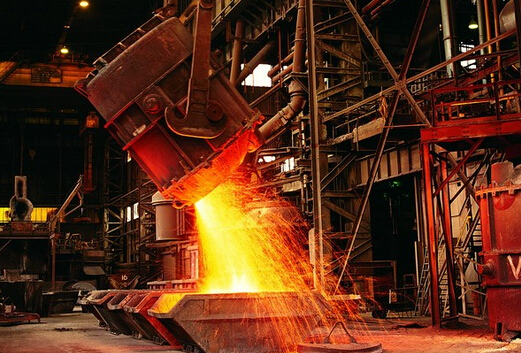Lost Foam Casting (EPC), also known as negative pressure full mold casting, has developed to a considerable scale since it was invented by Americans in 1956 and has been successfully applied to production in the 1980s. From single piece small batch large piece production to large batch small piece assembly line production, from simple non processed parts production to complex processed parts production, the industrialized production of the United States, Italy, Germany, Japan and other countries is more representative.
By the 1990s, the lost foam casting method for automobile castings has gradually developed. So far, there are more than 3000 factories using the lost foam casting process in China, but most of them are the production of small-scale single piece or small batch castings. At present, the lost foam casting technology in China is still in the mature stage of technology, and the characteristics and laws of casting need to be deeply understood. In particular, the theoretical research on the filling characteristics of liquid metal, the properties of coating and the pyrolysis characteristics of pattern have not been fully mastered, which leads to some defects of castings, such as carburization, sand inclusion, sand sticking and deformation of castings, box collapse during pouring, and it is difficult for the coating to fall off after pouring, etc.
Since 2009, ZHY casting has been committed to the research and development of lost foam casting process for carbon steel castings. This paper will analyze the defects such as carburization, porosity, slag inclusion, reverse injection and negative pressure cutting, which are easy to appear in the trial production process, so as to provide some guidance for the better application of this process in the production of steel castings.
Lost foam casting of steel castings has a large development space in China’s lost foam casting industry. As long as effective production operation control methods are adopted for production operation control and management, the melting process of castings is strictly controlled, the process conditions of carburization in pouring process are reduced and eliminated, combined with the actual production conditions, the training of skilled technicians is increased, the overall level of the team is improved, and each process in the process is strictly controlled, To prevent casting defects, fully qualified steel castings can be produced.


